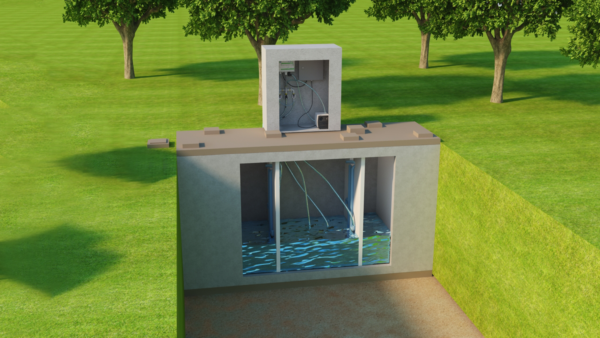With the increase in population growth, people now wish to live in communities and large groups. This has given rise to installing decentralized sewage treatment plants in India, in order to solve the treatment issues on a larger scale. These systems are great as they are an alternative solution to a centralized sewage treatment plant. However, the problem starts to occur when you do not operate the plant correctly.
We have presented a list of three things that can commonly go wrong in the sewage treatment plants in India. We have also mentioned the ways you can fix these issues.

1. Failure of Downstream Equipment
Downstream equipment is used in the very first step of the sewage treatment process. The screening process is responsible for removing floating solids that are non-biodegradable in nature. These solids, like paper, tin, plastic, rags, wood and containers, are commonly found in the wastewater works.
Thus, you need to remove these wastes from the water in order to protect the downstream equipment from possible damages that include pipe blockage, unnecessary wear and tear and accumulation of undesired materials that hamper the wastewater treatment process.
The equipment used in the screening process can be cleaned mechanically as well as manually. There are many screening products like Salsnes or REKO that highly improve the stability of your downstream equipment.
2. Treated Effluent Not Meeting the Total Phosphorus Target
The sewage treatment plant in India, with respect to the total phosphorus, is used for the following:
- To minimize the use of chemicals
- To achieve lower operational costs
- To get the license limits for TP
In order to remove or level the total phosphorus target, there is a certain chemical dosage that you need to take care of. To evaluate the treatment facility to know which chemical will work the best, you can follow the quick analysis.
- Pre-precipitation: A chemical dosing process is conducted to remove the phosphorus from the settling tank. When this happens before the biological process, in the primary stage, then it falls under Pre-precipitation. To know the amount of phosphate in your water, you can take an online phosphate measurement that can be taken between the primary settling and aeration tanks. This will enable you to achieve feedback control.
- Post-precipitation: When you conduct chemical dosing after the biological process, to remove the phosphorus from final clarifiers or effluent filters, then it is Post-precipitation. The measurement should be taken between the final clarifier and the aeration tank with feedback control.
- Simultaneous: This is an option where chemical dosing happens both before and after the biological process. This helps to achieve low phosphorus limits in the effluent.
3. Odour Issues in the Sewage Treatment Plant in India
The sewage treatment plants in India can stink due to the presence of hydrogen sulphide along with organic acids and mercaptans, which then grow bacteria that reduce sulphur. This bacteria then produce H2S, i.e., hydrogen sulphide, which is a foul-smelling colourless gas that is extremely corrosive. Due to this, it becomes important to remove hydrogen sulphide gas to prevent downstream equipment failures.
The odour can come from any step. Thus, it becomes very difficult to identify the source. In order to know the source and remove the smell, you need to call the plant installers, who can check your plant for you.
How to Avoid These Common Problems in a Sewage Treatment Plant in India?
Get a superior sewage treatment plant in India with Cleantech Water. We are one of the most reliable suppliers in India and stand strong on the quality and performance of our products. Get in touch with us by dropping us a mail on Info@cleantechwater.co.in today!

